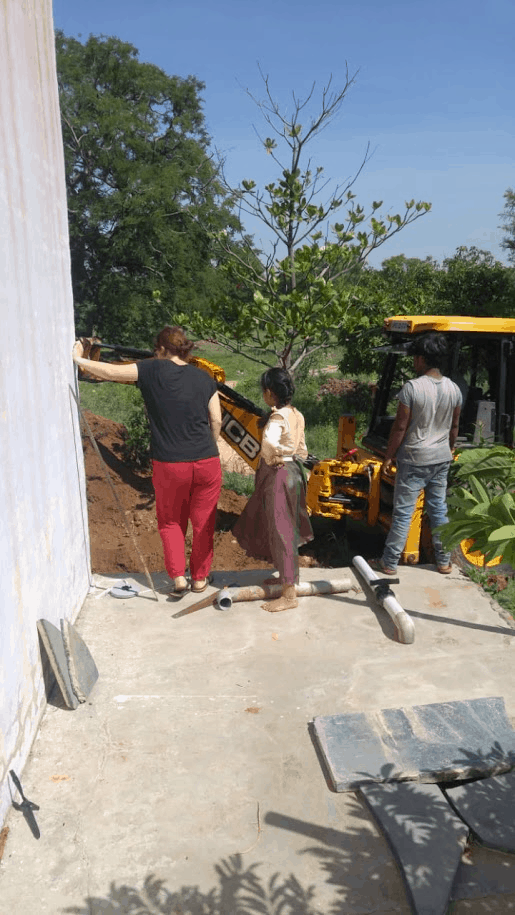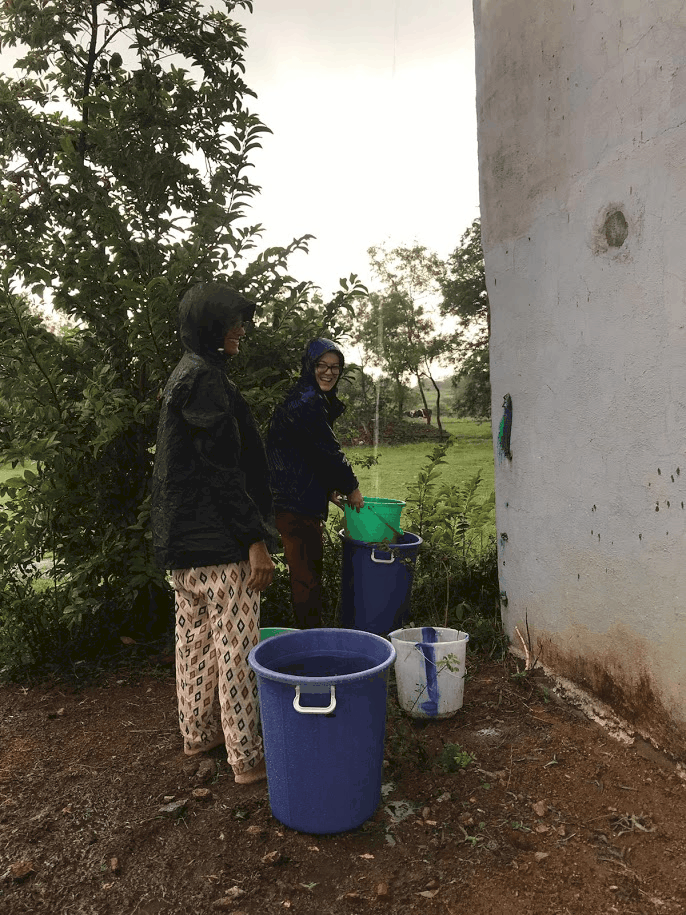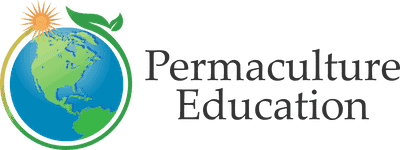Permaculture Design in a Drought-Prone Area
Permaculture Design in a drought-prone area – how we try to make it work
“I remember when I, along with the other kids, would play in the stream that formed in the village every monsoon season. Now the kids in the village don’t play in the stream because there is no stream anymore, there is no monsoon”
(Sagar, site manager at Toranam)
Climate change strikes the poor the hardest. It threatens their livelihood and their future. Amongst the many regions of India affected by climate change, Madanapalle in the southern state of Andhra Pradesh stands out due to the acute shortage of water. Recently, many bore wells have dried up and whole villages are left without water supply. As the monsoon rains often fail to appear, the prolonged drought put the small-scale farmers in the region at greater risk, pushing them further into poverty. Many are leaving the villages moving to cities in the hope of a better life there.

The Toranam Project in Madanapalle strives to create strong, replicable systems in the fields of Permaculture Design, sustainable agriculture, agroforestry, and land rejuvenation. It is a Permaculture project promoting sustainable cultivation practices and environmental education among farmers, students, volunteers, and locals. The focus is on smallholder farmers, whose livelihoods are affected by climatic and socio-economic changes. The primary aim is the establishment of an economic and educational center with a demonstration farm which will show smallholder farmers how permaculture can achieve good yields despite the drought, how value can be added to farm produce through further processing, and how smart marketing approaches benefit farmer cooperatives. We empower local farmers to duplicate these ecological practices for better food and economic security.
But in an area with no water, it is almost impossible to grow food. In addition to the failing monsoon rains, over-irrigation, and the cultivation of water-intensive crops like rice, the groundwater tables have gone down drastically.
This is why it becomes essential to not only judicially use water but also to capture whatever water the rains bring. We at Toranam consider this a prerequisite in achieving our goal of rural self-reliance.
The cyclic transformation of rejuvenating land begins with harvesting water and enabling it to infiltrate the ground and recharge aquifers. By selecting tree and plant species that are native and non-invasive to the region, such as Sesbania grandiflora (also known as the “vegetable hummingbird” and Moringa oleifera (also known as “wunderbaum”), the soil structure improves due to the added biomass. This, in turn, increases the water holding capacity and more water infiltration with a reduction in evaporation. Using less water-intensive crops like millets and irrigate with drip or sprinkler systems instead of flooding is another piece to successfully grow food with less amount of water.
Harvesting water from already existing structures is another extremely impactful way of conserving water, as well as working with the contours of the land and setting up swales and dams.

Harvesting water and putting it to good use is the first step we can all take to re-establish the natural cycles of life and reverse the ill effects of ‘modern’ agriculture and food production that has wreaked havoc on our environment and the lives of farmers, especially in drought-prone areas. The impact that a small-scale farmer can have using sustainable agricultural practices is immeasurable. Working with Mother Nature rather than against her will rebuild the traditional relationship with the land and also inspire neighboring farmers and villages to adopt similar practices.

This can lead to positive changes in local microclimates and eventually restore the global ecosystems. The world is no longer made up of isolated pockets. In a more globalized world, where every action we take has an exponentially large impact, with rising temperatures, erratic global weather, the survival of the human race comes into question – hence every individual becomes not only the stakeholder but the changemaker. We appeal to you to help us bring about this positive transformation. We are all members of the same world family, every plant, animal, and person are one. Let us bring the world out of disrepair that decades of ignorance and greed have ravished, let the streams that flowed through Sagar’s village and many other villages flow again.
Learn more about permaculture design with our Introduction to Permaculture online course or other available courses.
